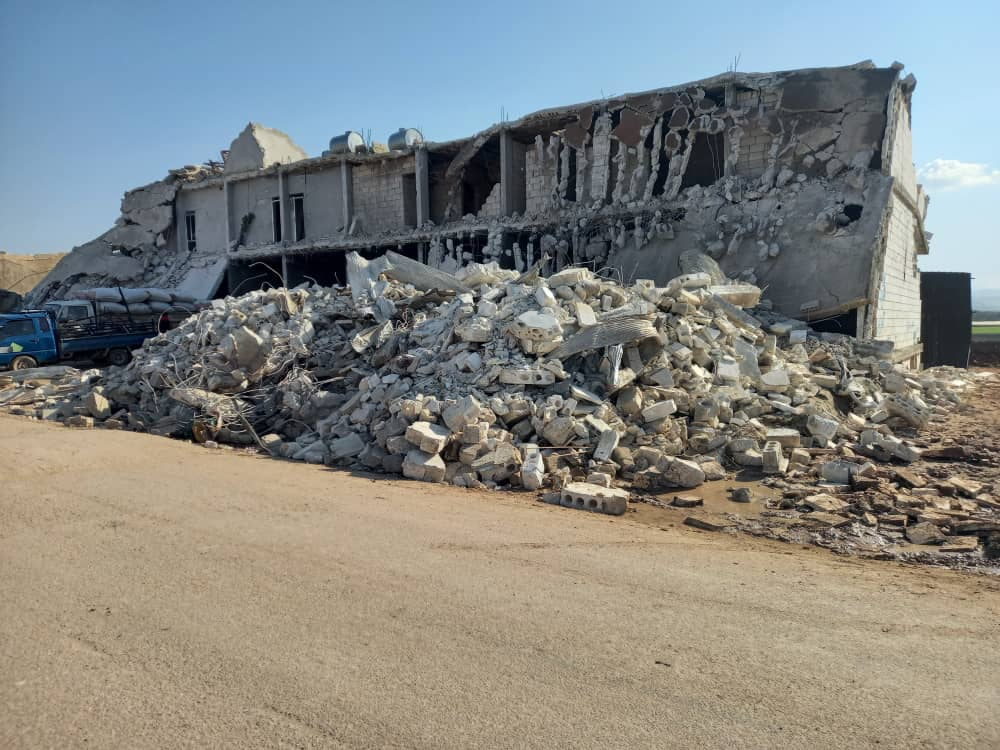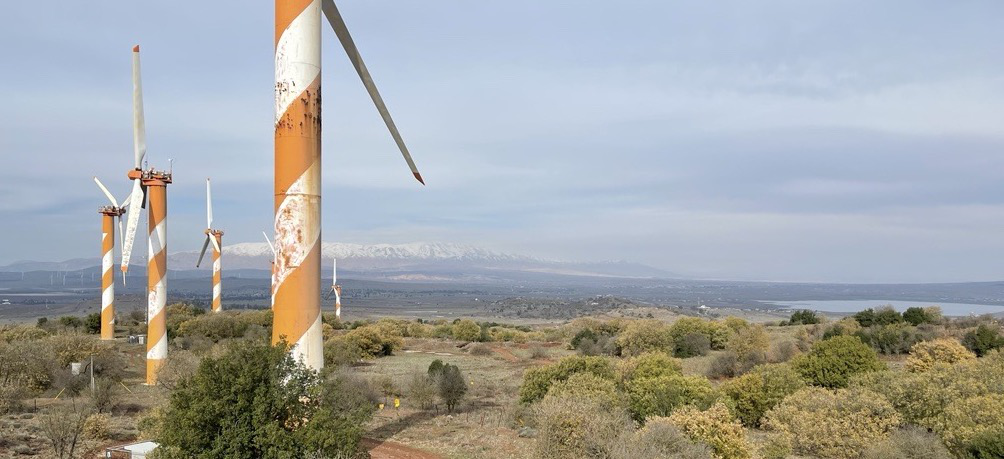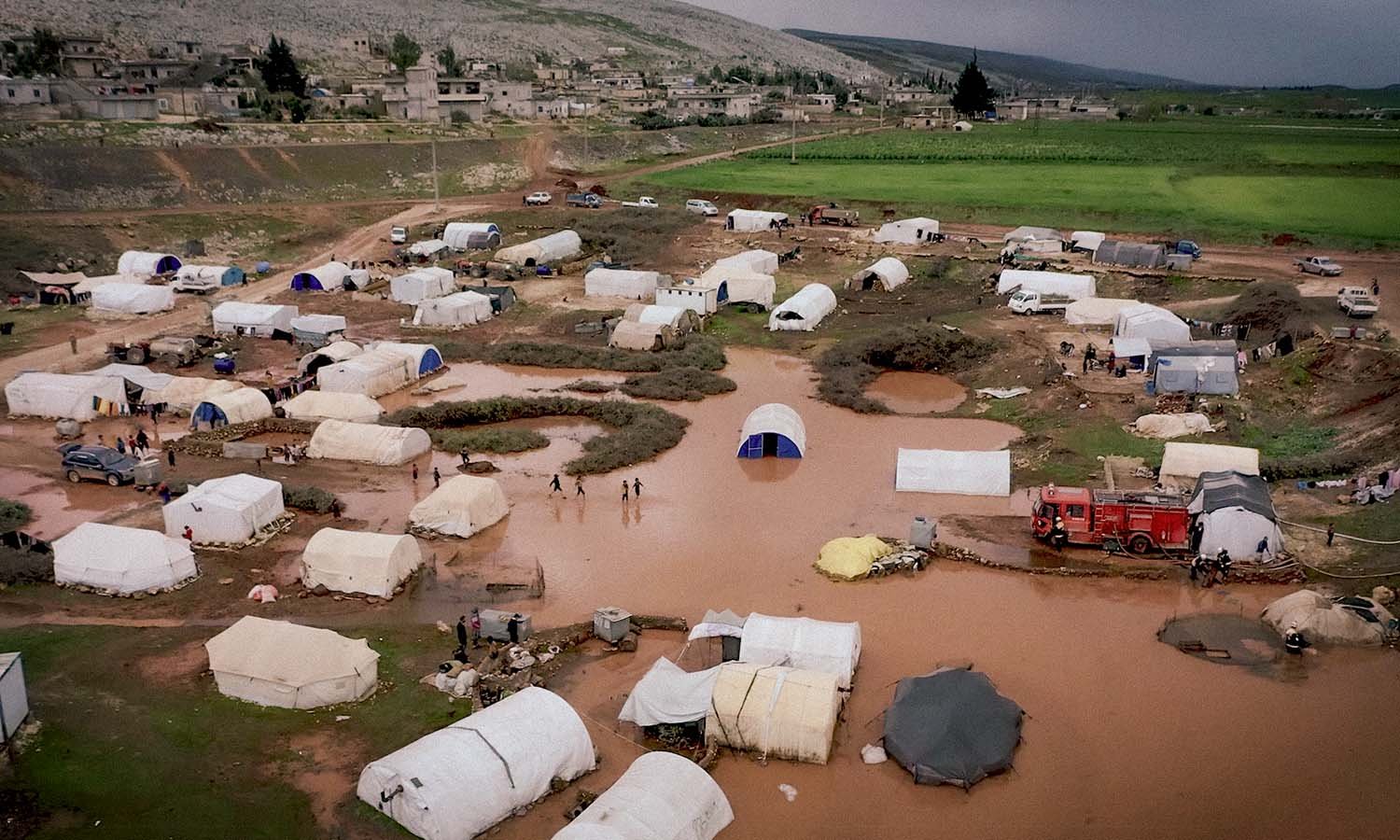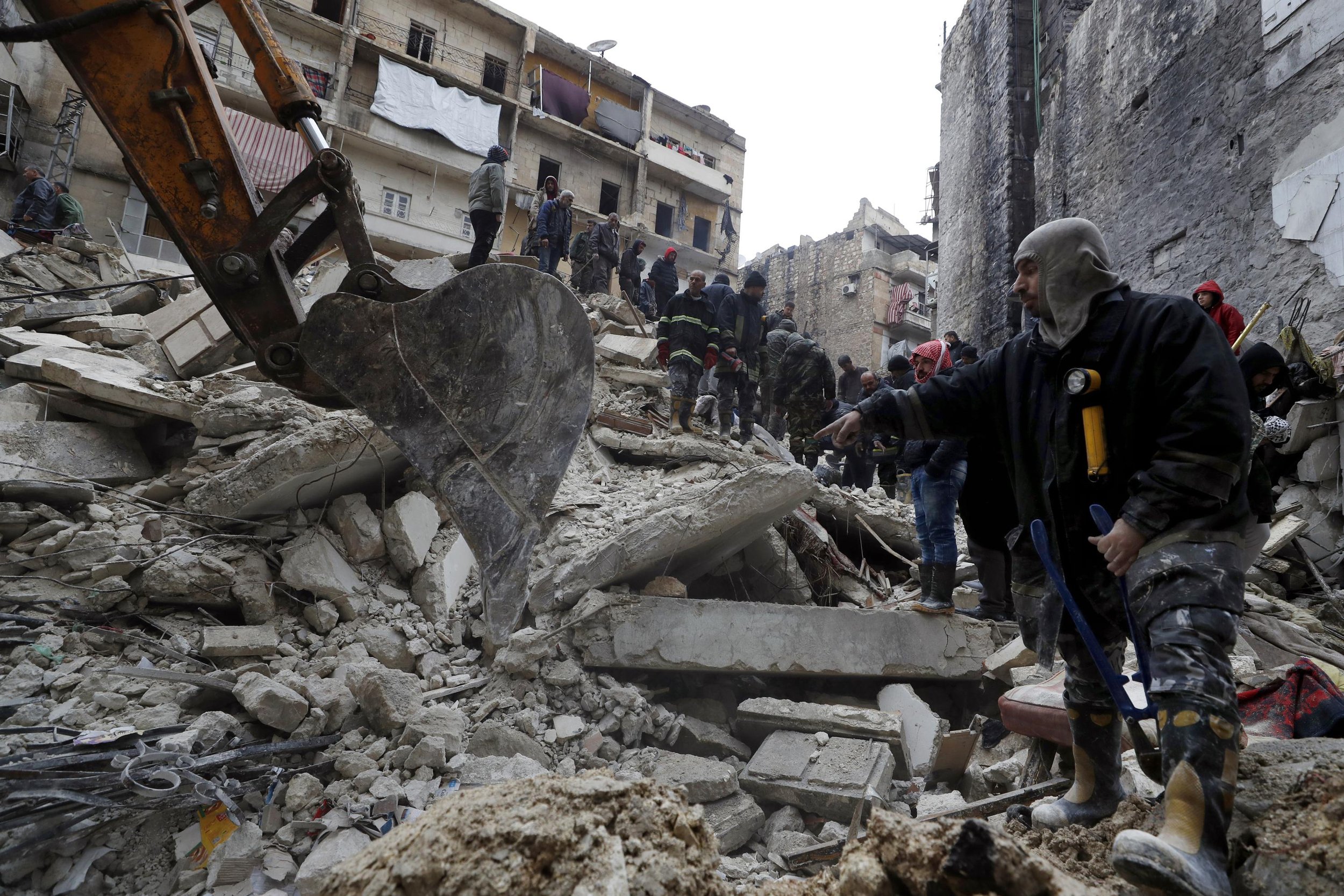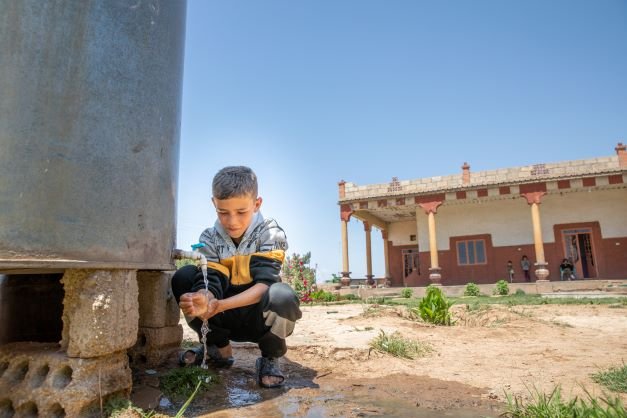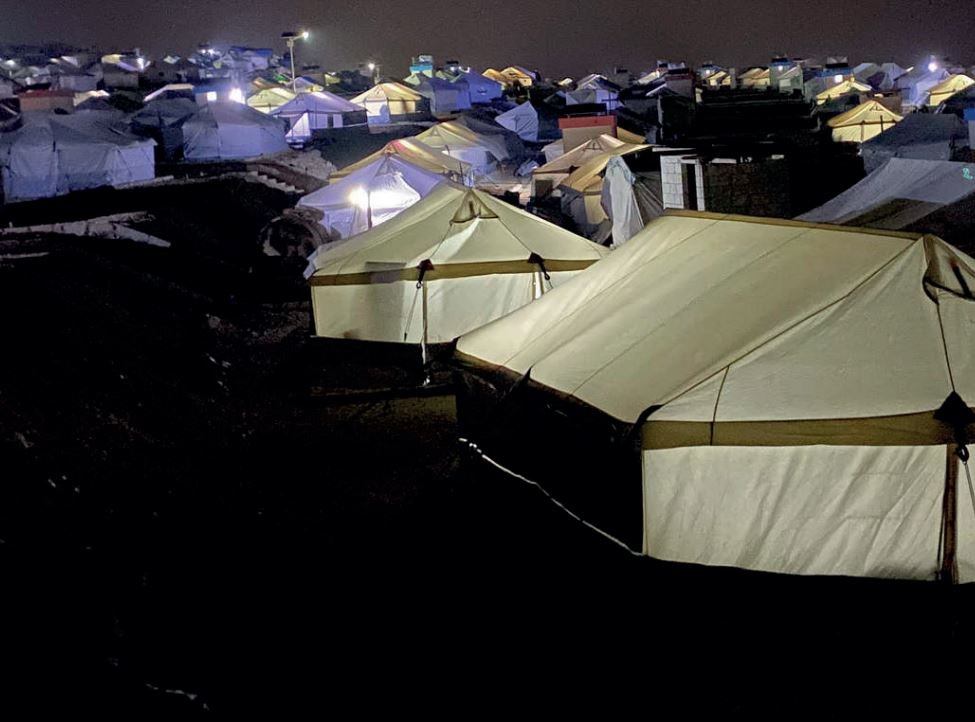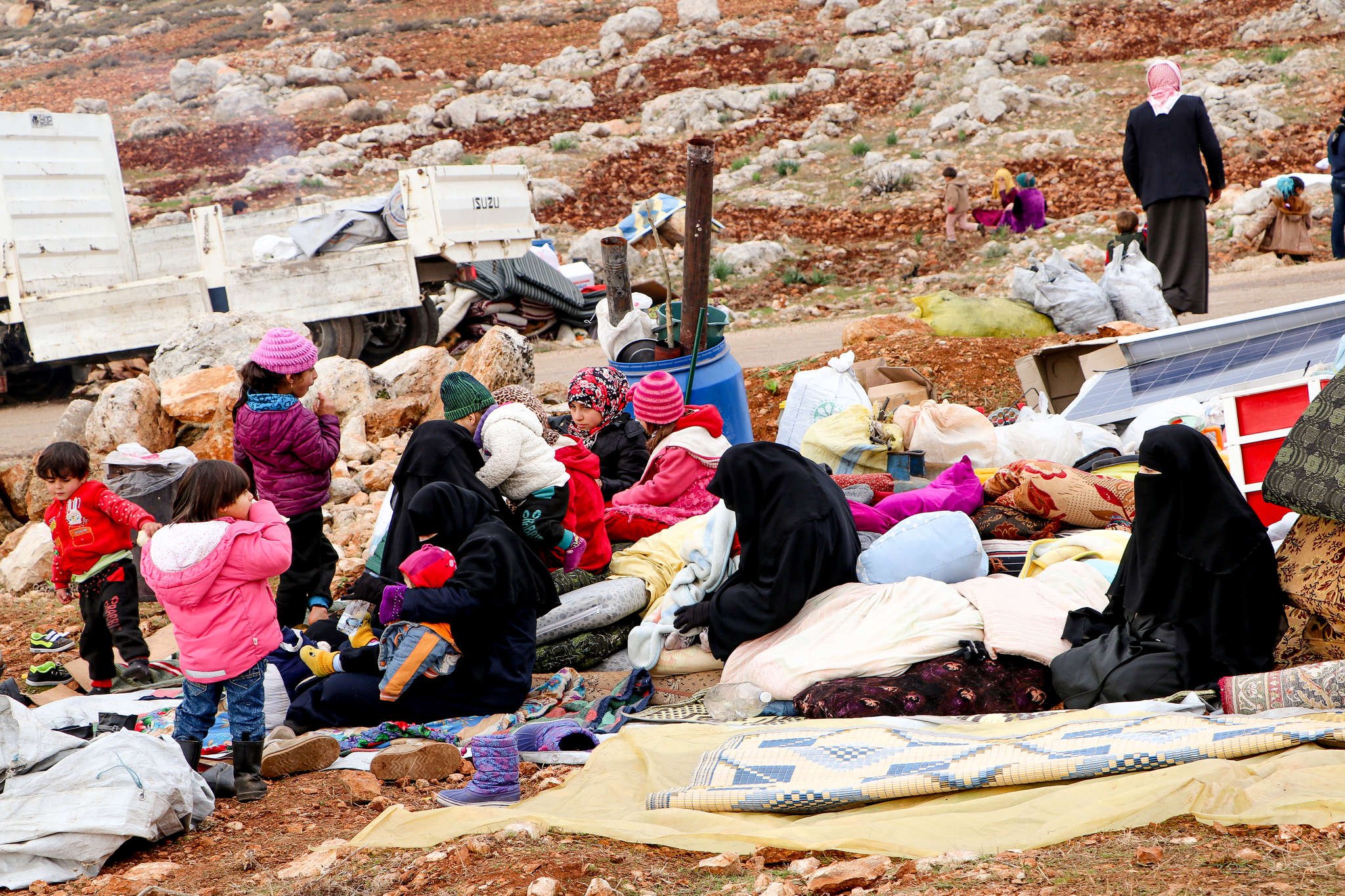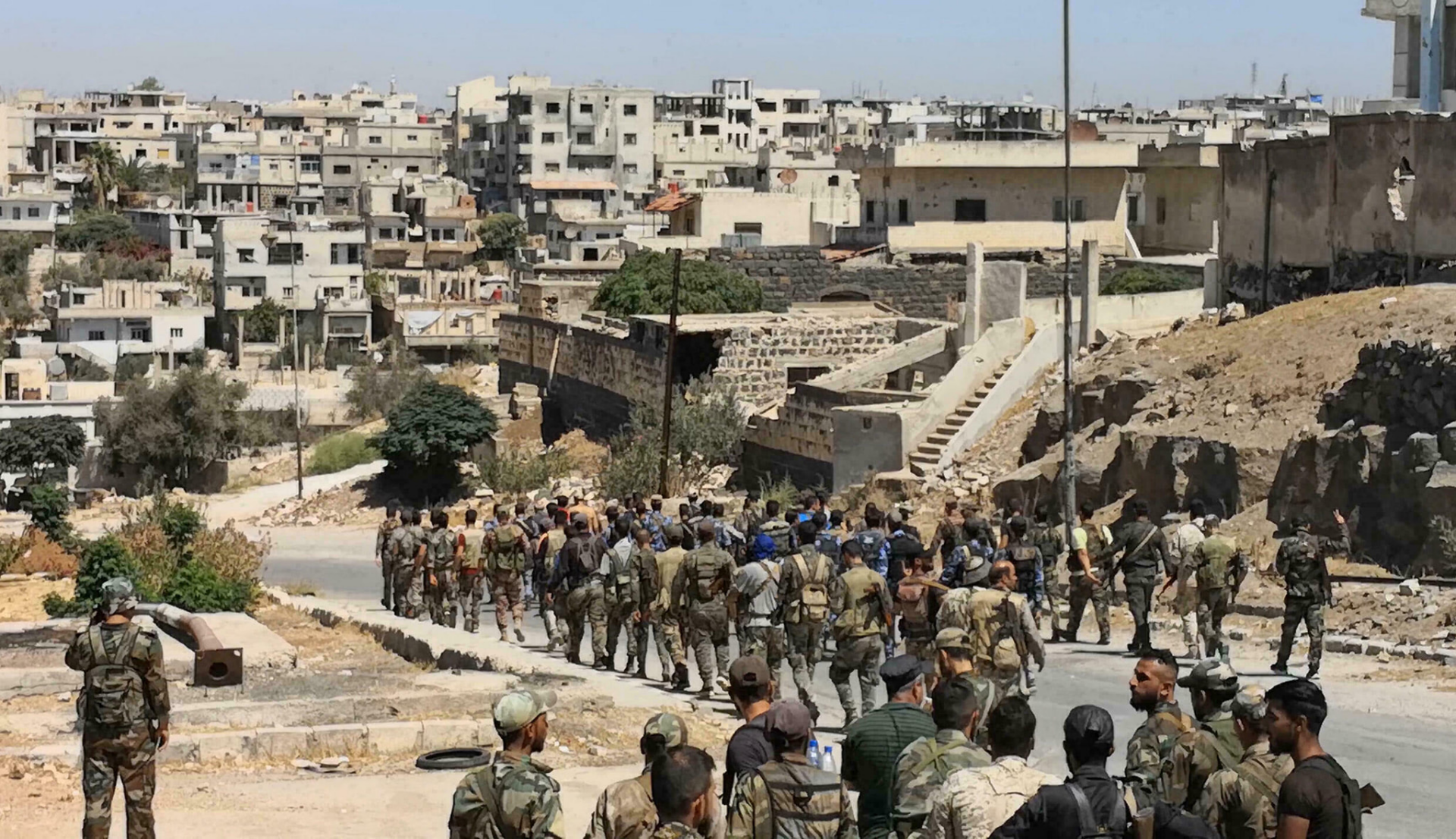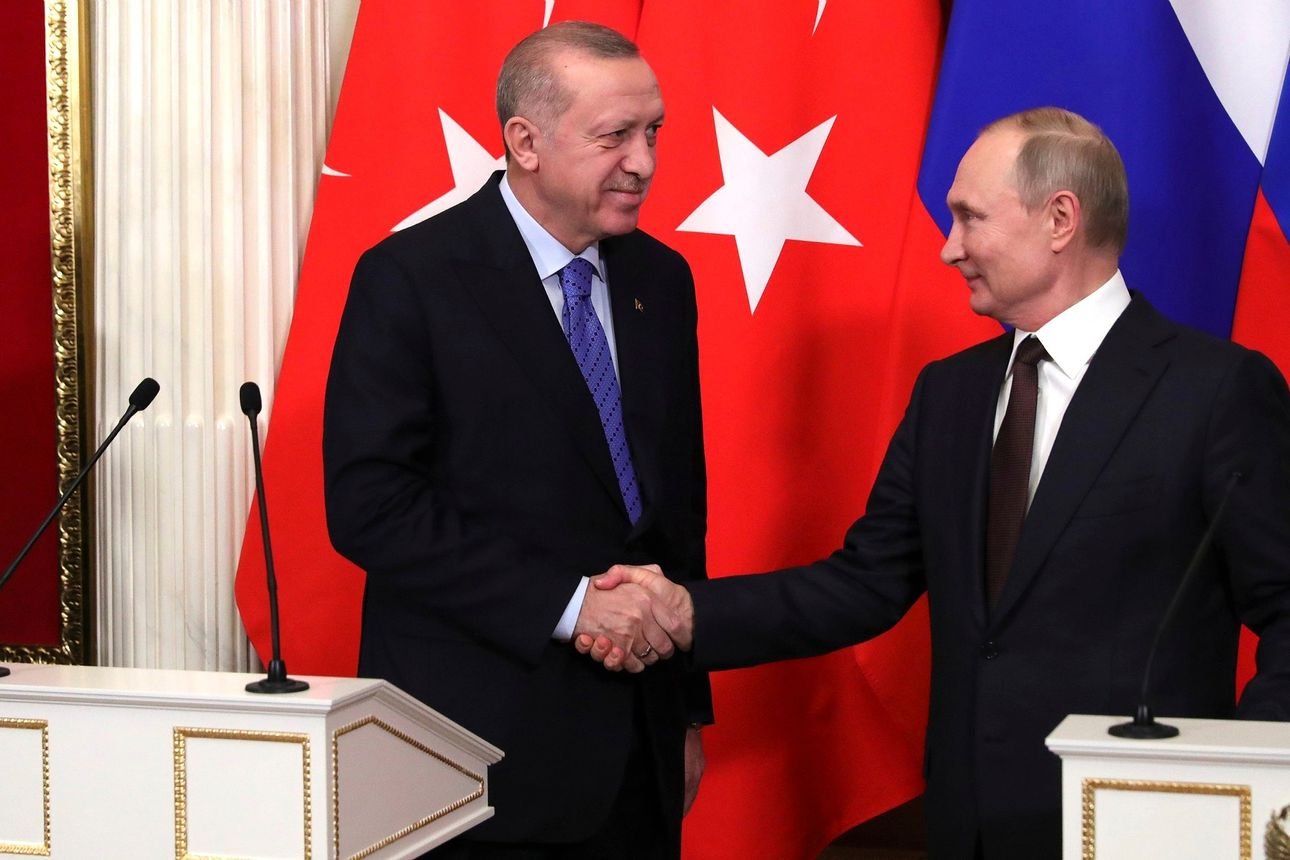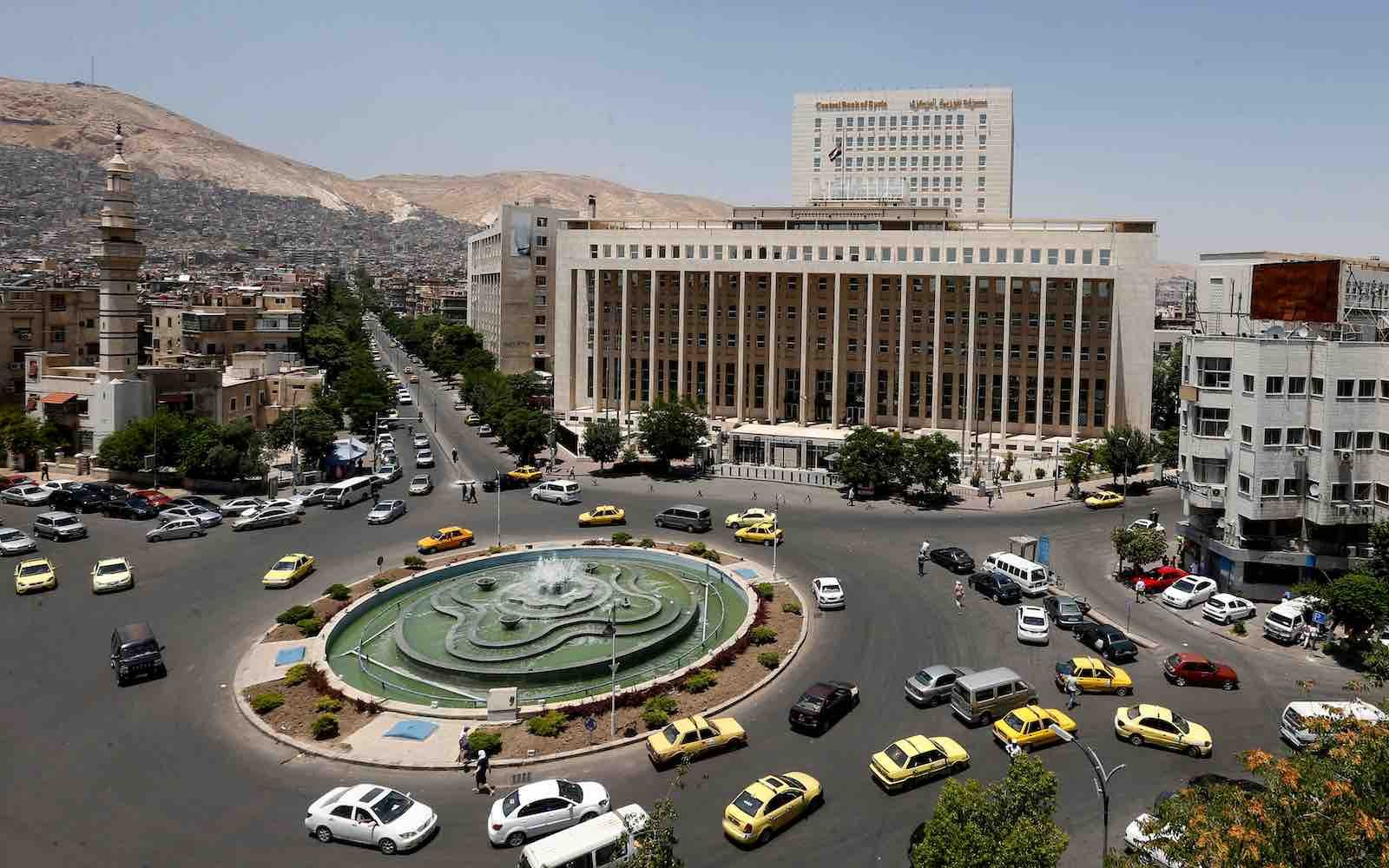
Reports
CA-SYR’s reports offer a comprehensive, multi-disciplinary scope analytical lens based on themes critical for donor-funded decision-making, programming, and operations. Based on urgency and methodological rigor, CA – SYR’s reports range from timely flash reports on important individual incidents; situation reports to understand better the ramifications of localized events with the potential for wider impact within the evolving context; long-form thematic reports focused on trends developing locally, regionally, or internationally; and scenario forecasts utilizing predictive modeling. CA – SYR also makes use of quantitative and geospatial data to conduct analysis and forecasting in support of qualitative reporting. Below is a selection of reports from 2020 – present. An archive of all HAT and CA-SYR reports is forthcoming.
Examining the SSG’s Public Morality Draft Law
MArch 2024
On 2 January, media outlets published an unverified draft copy of a public morality law issued by the Ministry of Interior of the Syrian Salvation Government (SSG) in Idleb. The draft law sets out a series of prohibited religious and moral practices, and contains provisions for the establishment of a Public Morality Police (PMP), recruitment for which is currently underway. From one perspective, this new legislation could constitute a means for Hay’at Tahrir Al-Sham (HTS) to appease dissatisfied hardliners in areas under its control. Its terms do not, however, signal a radical departure from the status quo in these areas. The stringency with which the SSG intends or is able to implement the law also remains unclear. Irrespective of this, the draft law is expected to have an impact on daily life in SSG-held areas. Given the law's emphasis on preventing mingling between males and females in public and the workplace, its principal impact will likely be restricting women’s access to public spaces and employment opportunities. The draft law may also impact the work of humanitarian and development actors operating in SSG-held areas. In this report, CA-SYR attempts to analyze the challenges posed by the draft law, offering a non-exhaustive matrix of potential issues for NGOs, divided into three categories: direct, indirect, and tertiary challenges.
2023 Syria In Review
ECONOMY | POLITICAL | CONFLICT | HUMANITARIAN
February 2024
CA–SYR is proud to present our annual year-in-review publication. In the 2023 edition, CA–SYR elected to split the overview up based on trend-focused reports: Economic, Political, Conflict, and Humanitarian. In acknowledgment of the overall length of this analytical overview, CA–SYR has also provided an executive report, aggregating the executive summaries and key takeaways from each thematically specific report. While much of this reporting constitutes a retrospective summary of the previous year, each product includes novel quantitative visual analysis, expanded, up-to-date qualitative narrative analysis on the critical dynamics of 2023, and forward-looking perspectives for 2024 and beyond.
CASH FLOW CONUNDRUM
POLICY SHIFTS AND VOLATILE HAWALA FEES
January 2024
Informal financial mechanisms supporting hawala transfers from the Syrian diaspora, commercial entities, and humanitarian/development groups have been crucial for many within Syria. Centralizing their operations in Erbil due to its proximity to Autonomous Administration in North and East Syria (AANES)-controlled areas and lenient banking regulations, hawala operations faced disruptions in late 2023. In this report, CA–SYR aims to unravel the uncertainty revolving around how hawalas function, what are the determinants for transfer fees, and how these policy changes led to increased hawala fees and payment delays. CA–SYR also looks beyond, examining the consequences of decisions in both Iraq and northeastern Syria while outlining potential repercussions in 2024 on humanitarian/development organizations in addition to households and markets.
Inflation and depreciation
Symptoms of a failing Syrian economy
december 2023
The regular depreciation of the Syrian pound is a symptom of the failing Syrian economy, causing unchecked price increases and reducing households’ already limited purchasing power. Imports are severely restricted while exports are almost non-existent, and the budget is shrinking. This report discusses the impact of rising prices and black-market inflation on households in government-held areas in Syria. It provides a forward-looking analysis of what humanitarian organizations should consider.
Northwest Syria series Volume 7.
Obstacles to post-earthquake rehabilitation
October 2023
In the aftermath of the February 2023 earthquakes in Northwest Syria, over 265,000 people lost their homes, while many were either moderately or severely damaged. Humanitarian and local governance actors and community and grassroots initiatives responded, however for many there has been a focus on short-term fixes overshadowing longer-term solutions. Political complexities around the Syrian conflict, coupled with a lack of longer-term vision in the humanitarian and development responses, continue to complicate matters.
Hamas—Israel war
Implications for syria
October 2023
On 7 October, the Palestinian-Israeli conflict took a turn for the worse after Hamas launched a surprise attack on Israel, leading to a formal declaration of war by the Israeli government. In the following days, media outlets reported sporadic attacks from southern Syria and southern Lebanon targeting areas in northern Israel that were also met with Israeli retaliation; though limited in scope, this included targeted artillery fire into the Syrian government-controlled Quneitra and Dar’a governorates.
Northwest Syria series Volume 6.
Contiguous Crisis: Turkish lira depreciation and markets in northwest Syria
September 2023
Recent depreciation of the Turkish lira is causing a ripple effect on markets in northwest Syria. Here, Crisis Analysis – Syria assesses the statistical impact of Turkish lira depreciation on prices in northwest Syria and the reactions taken by consumers, business owners, and traders. Decline of the lira and further inflationary pressure is expected in the months to come. Understanding these market dynamics is crucial to building programs that help alleviate the burden already being placed on the most vulnerable communities in the northwest.
Faza’at in Dar’a
A window into traditional civic engagement in southern Syria
August 2023
With the international community navigating a potential transition from emergency response to early recovery in Syria, focus is turning to civil society engagement to promote sustainable growth. One way which communities in Dar’a, in government-controlled southern Syria, have navigated this is to hold local fundraising campaigns, known as ‘faza’at’, to raise money for infrastructure projects. Although not without their pitfalls and problems, Faza’at held in January 2023 raised SYP 39 billion ($4 million) donated by locals and expatriates and contributed significantly toward improved provision of water, electricity and internet services. Here, CA-SYR unpacks the faza’at in Dar’a and their potential to contribute to early recovery, within the restrictions created by the government in post-conflict Syria.
Northwest Syria series Volume 5.
The rubble value chain in northwest syria
July 2023
The February earthquakes produced an estimated 58 million tonnes of rubble across Syria. If not collected, transported, and stored effectively such waste can pose health and environmental risks to communities for years to come. In this fifth report in the Northwest Syria Series, Crisis Analysis – Syria assesses rubble removal and storage processes in northwest Syria, a region lacking a centralized waste management system and hosting a plethora of competing humanitarian needs.
Northwest Syria series Volume 4.
Post-earthquake cashflow challenges
June 2023
Following the earthquakes, humanitarian actors mobilized to provide aid to affected populations in northwest Syria, prompting the need for a major influx of cash across the region. However, difficulties with local availability of cash, currency devaluation, and last-minute policies enacted by financial actors hampered fast mobilization of such support. This report lays out the financial barriers to rapid aid mobilization in recent months.
Northwest Syria series Volume 3.
Aid governance in northwest Syria
Examining changes to aid policy by local authorities following the February earthquakes
May 2023
In this third report in the Northwest Syria Series, Mercy Corps’ Crisis Analysis – Syria (CA – SYR, formerly HAT) aims to identify how – if at all – the earthquake impacted governing actors’ policies toward aid actors in northwest Syria. This research aims to understand how the environment for local aid governance in northwest Syria has changed since the earthquake. Through an assessment of processes, this report compares the bureaucratic environment for aid projects within areas controlled by the Syrian Salvation Government (SSG) in Idleb and the Syrian Interim Government (SIG) in northern Aleppo.
Northwest Syria series Volume 2.
Post-earthquake electricity recovery
May 2023
The February earthquakes had a significant impact on Syria’s electricity infrastructure, upending access to other key services including water, sanitation and hygiene (WASH) and protection in the immediate aftermath. There is little data assessing the progression of electricity recovery and how electricity-related needs continue to shift three months on from the earthquake. Volume 2 of Crisis Analysis – Syria’s (formerly HAT) Northwest Syria Series aims to address these gaps by analyzing the rates and determinants of electricity consumption recovery in the weeks following the February earthquakes.
Northwest Syria series Volume 1.
A taxonomy of displacement in northwest syria
April 2023
This is the first thematic brief in a series focused on the medium-term impact of the February 2023 earthquakes in Turkey and Syria. These briefs investigate narrowly-focused and thematically diverse topics for consideration by donor-funded response actors in opposition-held northwest Syria. Volume 1. creates a general framework through which these IDP sites are understood by placing them in different categories, and identifying their weaknesses. This report also aims to shed light on the differences between cohorts of IDPs and the shortcomings of weak existing governance modalities within certain IDP sites, before outlining the future trajectory of these camps should the status quo remain.
The Syria-Turkey earthquake
An overview of the 6 february earthquake and its impact on northwest syria
February 2023
The 6 February earthquake caused significant damage and loss of life in Syria, adding more suffering and hardship to the country’s compounding crises. The subsequent disaster response exposed inherent systemic weaknesses: supply chain bottlenecks, splintered coordination mechanisms, strained resources, and the competition between political differences and altruistic rescue and response efforts.
Syria year in review 2022
January 2023
This year in review offers insight into a selection of key themes relevant to donor-funded response actors. The review does not intend to be exhaustive by covering every event, dynamic, or development, but rather has prioritized key trends that the HAT has assessed to have had a profound impact on the Syrian crisis and the trajectory of the conflict. The review is organized based on economic, political, security, and humanitarian themes, offering insights, reflections, and follow-ups to the crucial developments HAT has covered previously, many of which shaped the past year.






